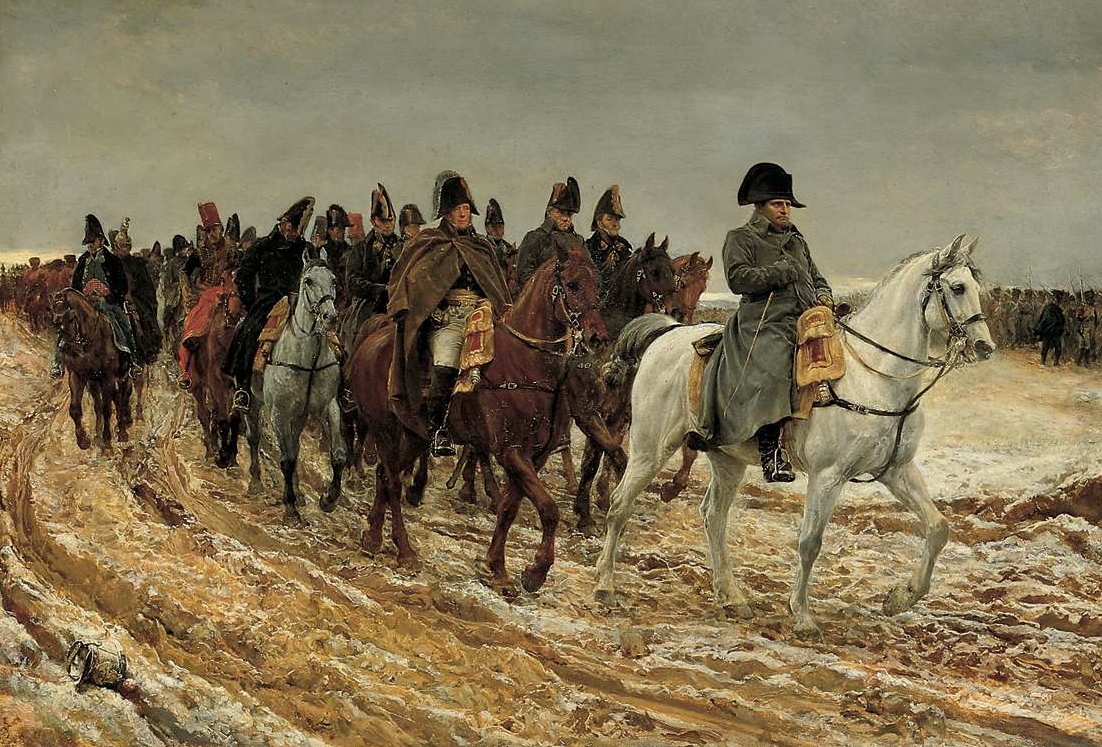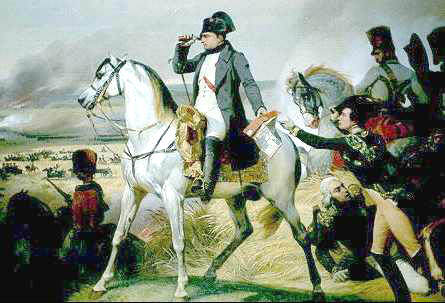|
MODEL CONGRESS OF VIENNA |
|
|
|
|
| In the spring of 1812, Napoleon began his eastward march into Russia with his Grand Army of 422,000 troops. Rather than fighting the French directly, the Russians retreated and used scorched-earth, destroying anything that might be of use to the French. When Napoleon and his army entered Moscow in the fall, the Russians burned down the city leaving the French little protection from the harsh winter. On October 19, Napoleon ordered a doomed retreat in which thousands died from exposure to the cold, starvation, and the attacking Russian forces. By the time the Grand Army reached friendly territory, they had returned with less than 30,000 troops - one of the worst military disasters of all time. Paris was eventually captured in 1814 and Napoleon was forced into exile on the island of Elba off the west coast of Italy. | |
|
|
|
| The Congress of Vienna convened in 1814, while Napoleon was in exile. Though the conference opened with a series of glittery dances and conferences, the delegates soon got down to work. Hundreds of statesmen and diplomats representing dozens of countries were present at the Austrian capital. On March 1, 1815, Napoleon returned to France to rule for a period known as the Hundred Days. The Bourbon king, Louis XVIII, was forced to flee for his life. The combined forces of Great Britain, Prussia, and the Netherlands defeated Napoleon at Waterloo on June 18, 1815, dealing Napoleon his final defeat. After the defeat at Waterloo, the Congress of Vienna convened once again ... | |
| I | Introduction |
| II | History |
| III | Personalities |
| IV | Important Historical Decisions |
| V | Rules and Expectations |
| VI | Position Paper |
| VII | Resolution |
| VIII | Sample |
| IX | Maps |
| X | Blank Map of Europe |
| Pine Crest International Relations Club | |
Daniel E. Snyder.
|
|
| *Adapted from the Model League of Nations created by Robert Crawford, Pine Crest School | |

